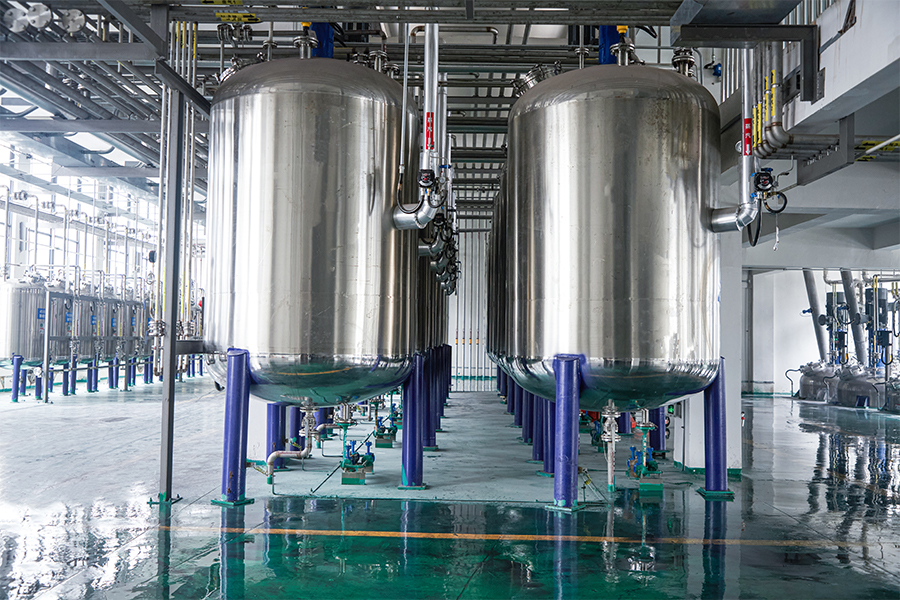The paint industry has witnessed a surge in innovation from coating manufacturer in past years. The move toward water-based acrylic emulsions has become a key strategy for reducing volatile organic compound (VOC) emissions, improving indoor air quality, and meeting stricter environmental regulations. As a plastic paint manufacturer, our evolving product portfolio is designed to balance regulatory compliance with reliable performance.
1. What’s Fueling the Shift?
1.1 Global Market Growth
The global low‑VOC paints market is projected to reach approximately USD 11.62 billion in 2025, growing at a 4.6 % CAGR through 2033. A significant driver is the rising demand across construction, automotive, and industrial sectors for coatings with reduced emissions. Acrylic latex paints, thanks to their lower VOC content, dominate this expanding market.
1.2 Regulatory Pressures and Health Concerns
Tighter environmental regulations—especially in Europe, North America, and expanding jurisdictions in Asia—are pressuring coating manufacturers to find greener alternatives. The industrial regulation focus is on reducing VOC emissions to improve worker safety and ambient air quality (e.g., <50 g/L VOC content).

2. Why Low‑VOC Acrylic Emulsions Excel
2.1 Inherent Features of Waterborne Acrylics
Waterborne acrylic emulsions offer notable advantages over solvent-based counterparts:
Zero or ultra-low VOC emissions, reducing health risks and environmental load.
Quick drying, low odor, and improved worker comfort in application settings.
Wide formulation flexibility, enabling high solids content, freeze-thaw stability, and shelf-life.
This technology meets performance expectations in coil coatings where flexibility, adhesion, and UV resistance are vital.
2.2 Durability Meets Safety
Modern emulsion polymers deliver strong UV and corrosion resistance, chemical resistance, and reliable adhesion to substrates like galvanized and aluminum materials—crucial in coil metal roofing, cladding, and architectural structures.
Additionally, emerging waterborne hybrid acrylic technologies balance mechanical toughness and chemical stability—achieving performance on par with traditional solventborne systems but with much lower VOC content.
3. Our Implementation Process
3.1 Reformulation Strategy
Now that you've seen the broader trends, here's how we implemented the shift:
Developed self‑emulsifying acrylic emulsion resins with a robust polymer structure to match bond strength and flexibility (>90° metal bend test compliance).
Scaled up using neutralization and surfactant systems compatible with existing coil coating lines to minimize disruption.
Configured curing processes (e.g., baking at 190–220 °C) to achieve solvent‑free film formation with low VOC post-curing concentrations.
Our in-house 3,800 m² coating research institute supported this development using advanced instrumentation (e.g., colorimeter, thickness gauge, chromatic aging, Q‑Fog salt spray, gas chromatograph) to optimize performance and ensure compliance across lifecycle testing scenarios.
3.2 Quality and Certification
Each new batch of low‑VOC acrylic emulsion undergoes rigorous testing for:
Surface hardness and scratch resistance
Adhesion under repeated bending (0T or better)
Weathering performance—validated for up to 20 years on exterior aluminum surfaces
VOC compliance (e.g., <5 g/L, near zero) under regional standards
Only after passing these benchmarks do we launch products into our standard coil coating process.
Chenchong New Materials’ adoption of low‑VOC acrylic emulsion coil coatings reflects our commitment as a plastic paint manufacturer and coating manufacturer to deliver safe, eco-conscious, and high‑performance solutions. This transformation aligns with global demands for greener manufacturing while preserving the durability and aesthetics our customers rely on.
If you’d like to explore our low‑VOC coil coating portfolio or request sample data for qualifying scenarios, feel free to contact our technical team directly.


 English
English русский
русский Español
Español Português
Português عربى
عربى
